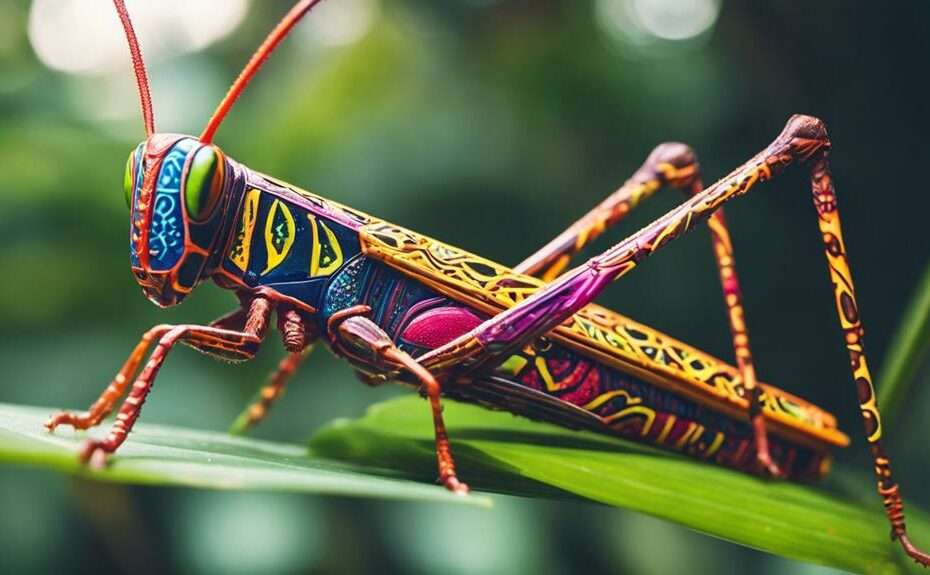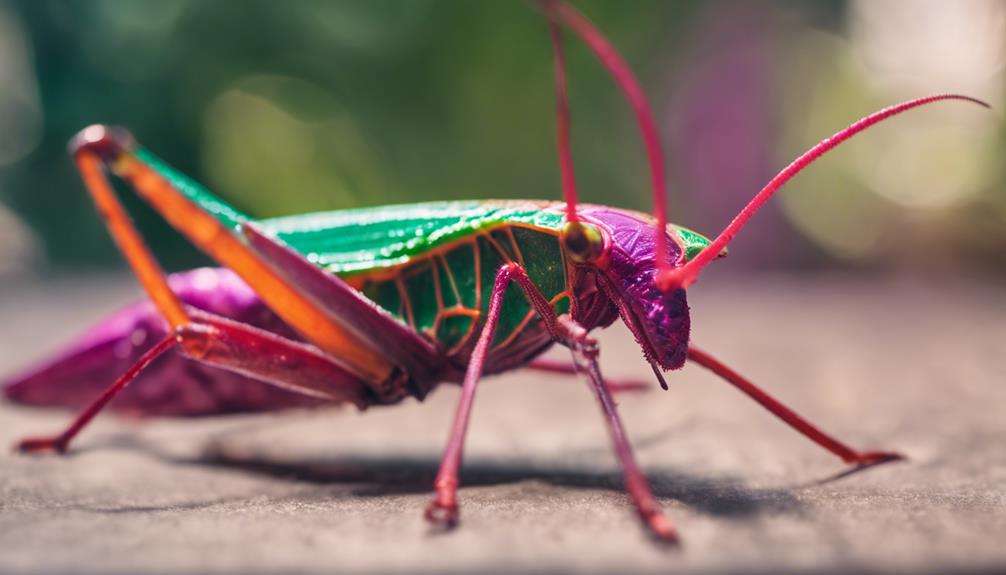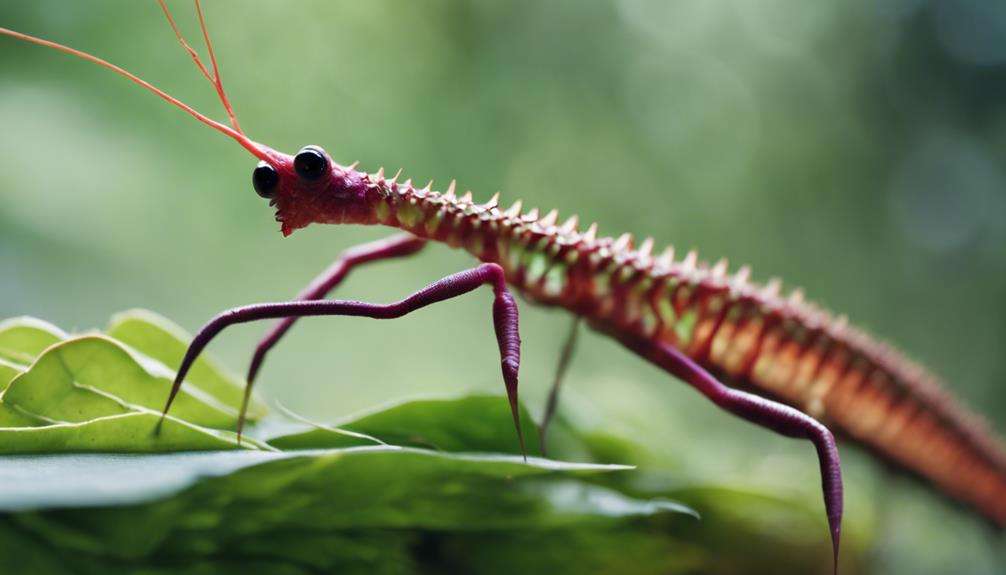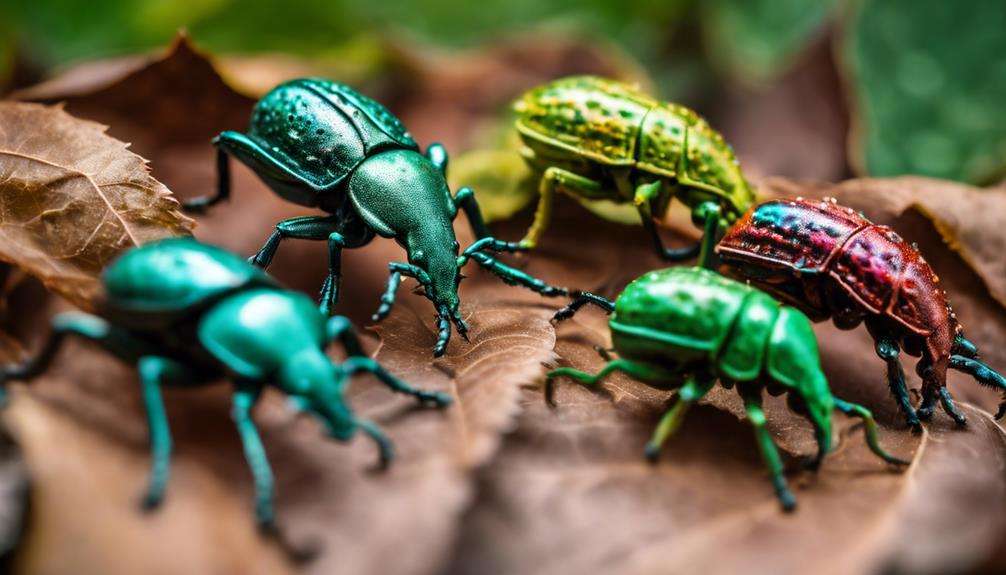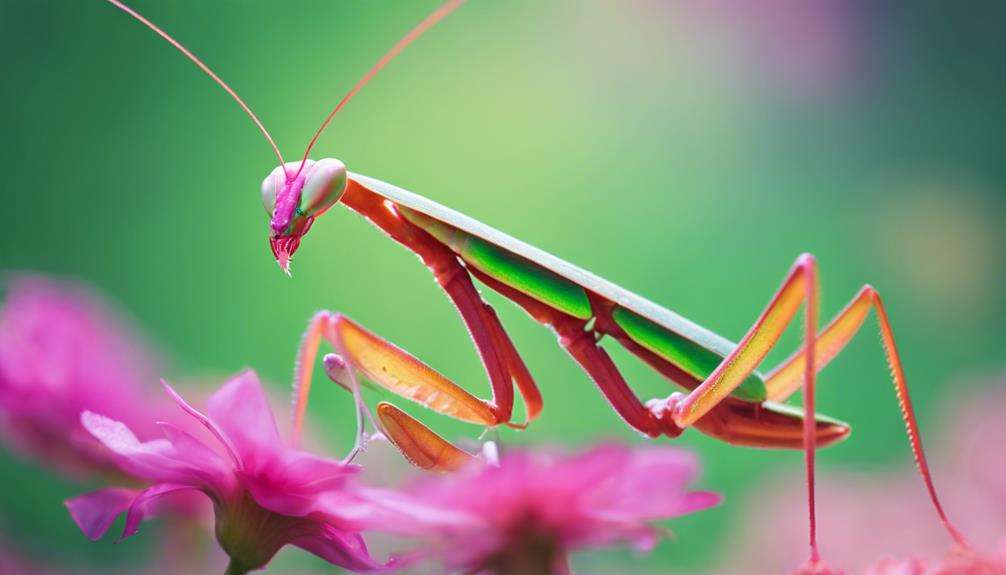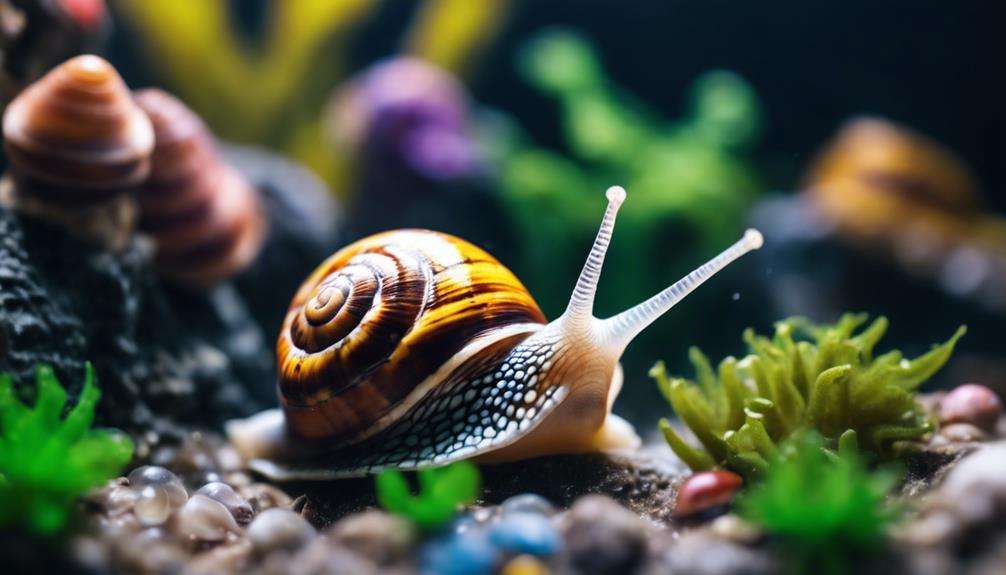Considering unique grasshopper species as potential pets can be an intriguing endeavor. You may be surprised by the diverse options available in the world of exotic grasshoppers.
These fascinating creatures can bring a new level of interest to your pet collection, but before you make your choice, there are three crucial tips you need to consider for their care and well-being.
Key Takeaways
- Choose grasshopper species based on visual appeal and behavior.
- Provide a suitable habitat with proper ventilation and natural elements.
- Handle grasshoppers gently to minimize stress and promote well-being.
- Monitor health closely, seek veterinary care if needed, and prioritize preventive measures.
Unique Grasshopper Species Selection
When selecting unique grasshopper species as pets, consider vibrant options like rainbow grasshoppers (Dactylotum bicolor) for their captivating colors and intriguing behaviors. These colorful grasshoppers are sure to stand out with their striking hues, ranging from vibrant greens to deep reds, making them a visually stunning addition to any collection.
Another interesting group to explore is the monkey grasshoppers from the Eumastacidae family. These grasshoppers are known for their fascinating shapes and sizes, varying from slender and elongated to robust and compact.
For those looking for smaller and more intricate options, pygmy grasshoppers from the Tetrigidae family might be the perfect choice. These tiny creatures exhibit unique behaviors and are a delight to observe up close.
Additionally, armored groundhoppers, also from the Tetrigidae family, offer a distinct appearance with their protective armor, making them both visually intriguing and suitable as pets for enthusiasts seeking different species to care for.
Optimal Habitat Setup
For creating an optimal habitat setup for exotic grasshoppers, ensure you provide a spacious 10- to 20-gallon tank with proper ventilation to maintain optimal airflow. This size range offers ample space for these active insects to move around and exhibit natural behaviors.
Additionally, include live plants, branches, and rocks in the habitat to mimic their natural environment and provide hiding spots for your grasshoppers. To maintain their well-being, keep the temperature between 75-85°F and humidity levels at 40-60%.
Introducing a water bowl filled with clean, fresh water is essential for hydration. Choose a shallow dish to prevent accidental drowning and ensure the water is changed regularly to maintain cleanliness. Utilizing a substrate like coconut fiber or peat moss will help retain moisture, creating a suitable environment for egg-laying.
Lastly, incorporate various perches and climbing structures to encourage physical exercise and mimic their natural habitat, promoting overall health and well-being for your exotic grasshopper companions.
Special Care and Handling
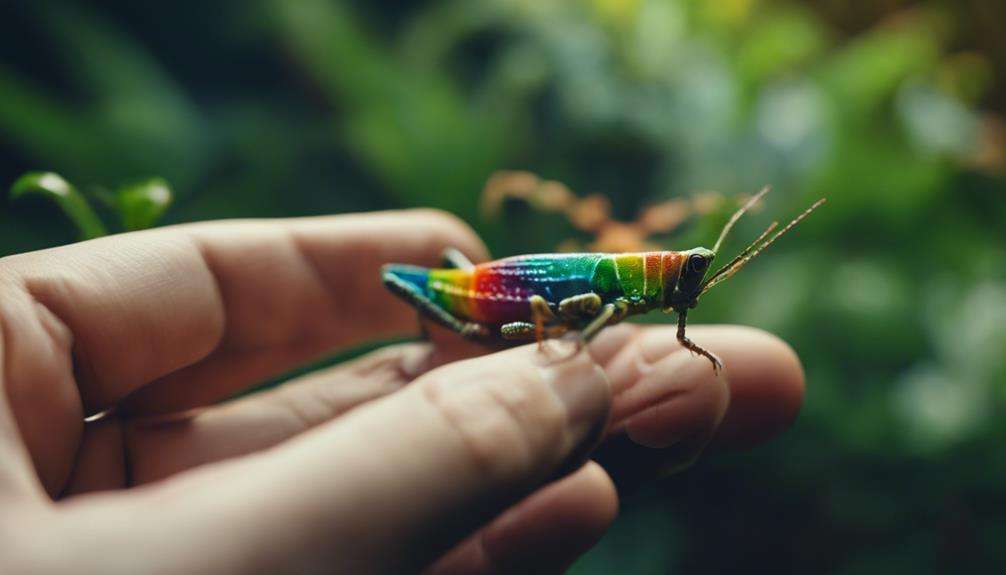
To ensure the well-being of your exotic grasshopper companions, it's crucial to provide specialized care and handling tailored to their unique needs and behaviors. Exotic grasshoppers may require specialized diets, such as specific plants or supplements, to thrive in captivity. Ensuring they've access to the right food sources is essential for their health and well-being.
Handle exotic grasshoppers with care, as some species may be more delicate or prone to stress than others. Gentle handling can help minimize stress and prevent injuries. Provide a stress-free environment with minimal disturbances to ensure the well-being of exotic grasshoppers. These creatures thrive in calm environments where they can feel safe and secure.
Monitoring exotic grasshoppers closely for any signs of illness or abnormal behavior is crucial. Any changes in behavior should be promptly addressed to ensure their health. Seeking veterinary care if needed is important for their overall well-being.
Consider consulting with experienced hobbyists or entomologists for additional guidance on caring for exotic grasshopper species. Their expertise can help you become established in providing the best care for your unique pets.
Frequently Asked Questions
What Do You Need for a Pet Grasshopper?
For a pet grasshopper, you'll need a suitable habitat setup. Use a 5- to 10-gallon old fish tank with a mesh top, chemical-free compost substrate, local vegetation, fruits, veggies for food, twigs for climbing, and warmth as needed.
Do Grasshoppers Make Good Pets?
Grasshoppers can indeed make good pets for their low-maintenance nature. They require minimal space, are quiet, and can be educational. Their habitat requirements are simple, making them a fascinating choice for observation and learning opportunities.
What Are Grasshoppers Good At?
You asked about grasshopper behavior. Grasshoppers are skilled at jumping great distances, camouflaging to hide from predators, producing loud sounds, and consuming vast amounts of vegetation. Their powerful hind legs and adaptability contribute to their impressive capabilities.
What Makes a Grasshopper Unique?
Grasshopper behavior is fascinating. Their unique features include specialized mouthparts for chewing, ability to produce sound by rubbing legs, and a three-part body structure with powerful hind legs. Understanding these traits enhances your appreciation for them.
Conclusion
In conclusion, by selecting the right exotic grasshopper species, providing a suitable habitat, and focusing on proper care and handling, you can create a thriving ecosystem in your own home.
Like a skilled gardener tending to a delicate flower garden, with attention to detail and dedication, you can cultivate a harmonious relationship with these unique and fascinating creatures.
Embrace the wonder of nature and embark on a fulfilling journey with your exotic grasshopper pets.
